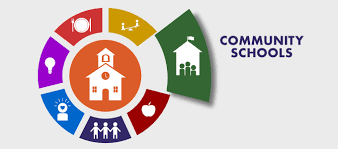Introduction
As the winter months wind down and the first hints of spring begin to surface, the yearly tradition of spring cleaning reemerges. Beyond the tidying of physical spaces such as classrooms and school premises, it’s also an ideal opportunity for schools to focus on improving attitudes towards learning. By ‘spring cleaning’ these attitudes, schools can create a more proactive and engaged learning environment, leading to better academic outcomes for students.
Why Improve Attitudes to Learning?
A positive attitude towards learning has benefits beyond academic achievement. It can boost self-esteem, resilience, and problem-solving skills in students. Improving students’ mindset allows them to approach their education with enthusiasm and curiosity, instead of apprehension or reluctance. Additionally, an optimistic attitude can enhance collaboration among classmates and foster a supportive educational atmosphere.
Ways to ‘Spring Clean’ Attitudes to Learning
1. Emphasize Growth Mindset: Teachers should encourage students to adopt a growth mindset by emphasizing that intelligence and skills can be improved over time through hard work and dedication. Celebrate progress instead of focusing only on results and avoid labeling abilities as fixed.
2. Foster Student Autonomy: Encouraging students to take ownership of their education increases motivation and engagement. Provide choices in activities or projects, giving children a sense of control over their learning experience.
3. Cultivate Passion: Identify each student’s interests and tailor learning experiences accordingly. This personalized approach ensures that education remains relevant and engaging for the individual student.
4. Build a Supportive Environment: Create an inclusive learning atmosphere in which students feel safe sharing ideas, asking questions, or admitting they don’t understand. Encourage teamwork and peer support systems.
5. Monitor Teacher-Student Relationships: Strong teacher-student relationships are crucial in improving a child’s attitude towards learning. Strengthen these connections by maintaining open lines of communication with the child and their parents or guardians.
6. Encourage Positive Attitudes About Learning: Adopt a solutions-focused approach when discussing academic setbacks or challenges, encouraging students to see failure as a learning opportunity rather than a negative outcome.
Conclusion
Spring cleaning attitudes to learning is an essential process that can reenergize and refocus the educational landscape within a school. By building growth mindsets, fostering autonomy, cultivating passion, creating supportive environments, and nurturing teacher-student relationships, schools can positively impact students’ attitudes and approach to learning. This process is critical for maximizing the potential of every student and paving the way for their bright future.











